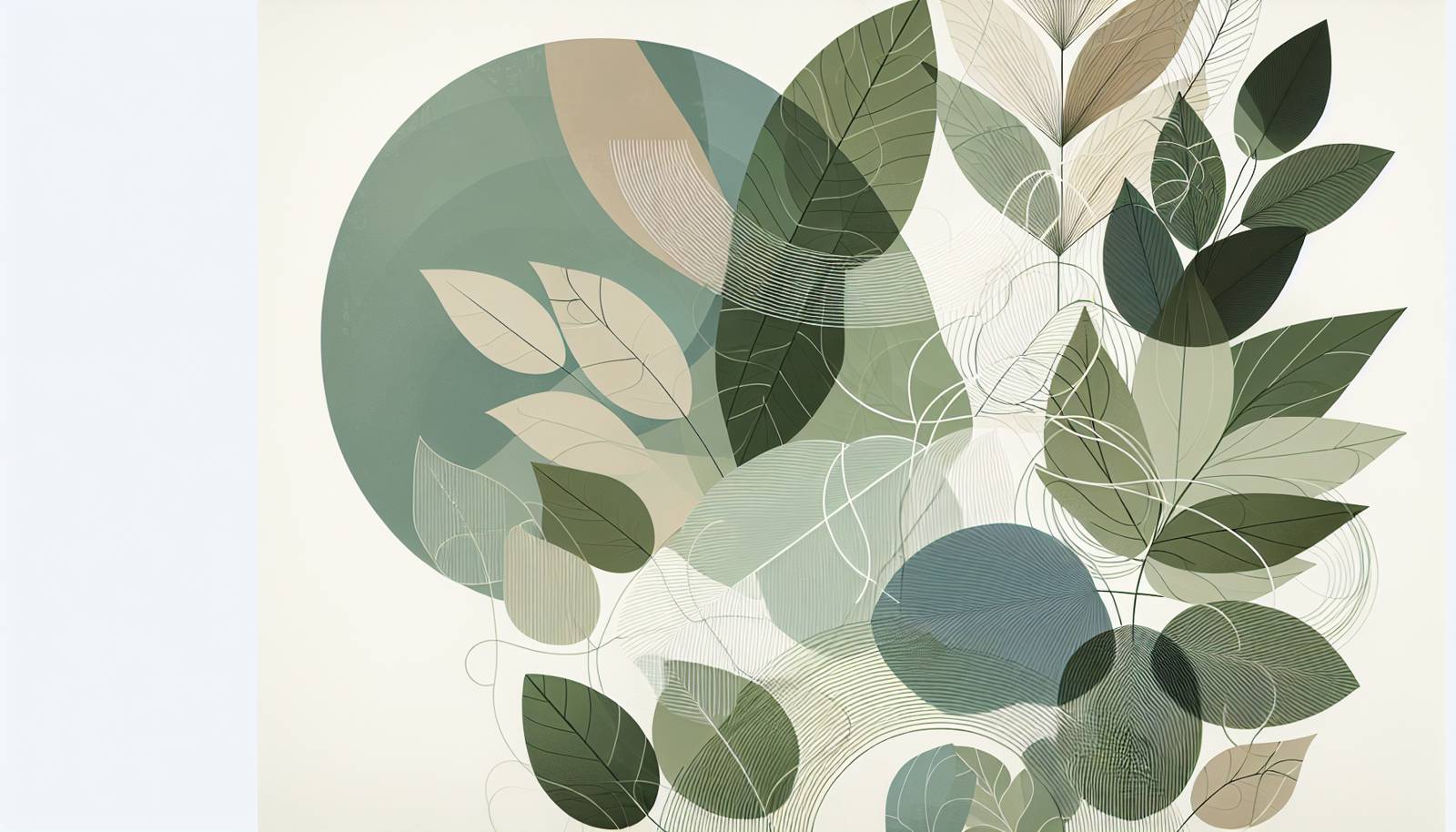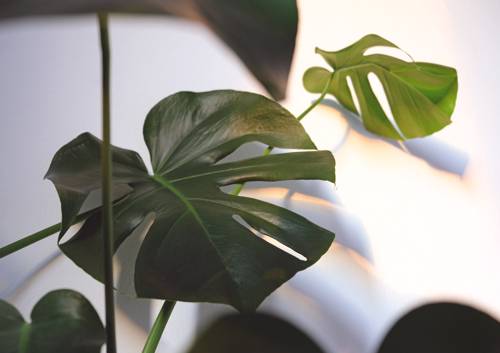
FAQ About Indoor Plant Foliar Characteristics and Functions

What are foliar characteristics in indoor plants?
Foliar characteristics refer to the features and traits of the leaves on indoor plants. These include the leaf size, shape, color, texture, and arrangement on the stem. These characteristics play essential roles in the plant's ability to photosynthesize, transpire, and exchange gases.

How do leaf characteristics affect photosynthesis?
Leaf characteristics such as surface area, thickness, and stomata distribution significantly impact photosynthesis. Large, thin leaves generally increase surface area for light absorption and gas exchange, enhancing photosynthetic efficiency. The arrangement of these leaves can also affect light availability to lower leaves on the plant.

What is the role of leaf color in plant health?
Leaf color in plants is primarily due to pigments like chlorophyll, which plays a critical role in photosynthesis. A healthy green color usually indicates good chlorophyll content and active photosynthesis, while variations in color can indicate nutrient deficiencies or environmental stress.

Why do some indoor plants have glossy leaves?
Glossy leaves can help in reflecting excessive light and reducing water loss by minimizing transpiration. The waxy surface may also protect the leaves from dust, pests, and diseases. Plants like rubber plants and some variegated species often have such characteristics.

How does leaf texture benefit indoor plants?
Leaf texture can benefit indoor plants by helping them adapt to their environments. Rough textures like those found on succulent plants help reduce water loss, while smooth textures can discourage dust accumulation and pests. Texture can also influence the plant’s ability to capture light and shed water.

What are stomata and how do they function in indoor plant leaves?
Stomata are small openings on the surface of leaves that allow for gas exchange. They play a crucial role in photosynthesis by permitting carbon dioxide to enter the leaf and oxygen to exit. They also aid in water regulation through the process of transpiration.

Can leaf shape influence a plant's environment needs?
Yes, leaf shape can indicate a plant's environmental preferences. Plants with broad leaves typically prefer lower light conditions as they maximize light capture, while thin and narrow leaves may indicate a need for brighter locations to prevent overheating or excessive water loss.

Why might an indoor plant develop variegated leaves?
Variegated leaves have different colors due to variations in chlorophyll concentration. This can occur naturally or be bred for aesthetic purposes. While visually appealing, variegated leaves can reduce a plant's overall photosynthetic efficiency, so these plants might require more light.

What is the significance of leaf arrangement on the plant stem?
Leaf arrangement, or phyllotaxy, impacts how much light each leaf receives. Alternating or spiral arrangements can ensure minimal shading between leaves, optimizing photosynthesis. Proper positioning is crucial for internal processes and maximizing light capture.

How do leaf size variations impact indoor plant care?
Leaf size influences a plant's water and light needs. Large leaves can mean higher water requirements and greater sensitivity to light intensity, while smaller leaves often belong to drought-resistant plants that can thrive in lower humidity environments.

Why do some indoor plants have hairy leaves?
Hairy leaves, or trichomes, help protect the plant by reducing water loss, reflecting intense sunlight, and deterring herbivores. In indoor plants, these adaptations can help manage indoor climates and reduce the risk of damage from varying indoor temperatures.

What are the adaptive functions of leaf venation patterns?
Leaf venation patterns can facilitate efficient transport of water and nutrients across the leaf. They also provide structural support and can influence how sunlight is distributed across the leaf surface. Different patterns can adapt to varying environmental conditions.

How does leaf arrangement affect light capture in indoor plants?
Leaf arrangement is designed to maximize light capture while minimizing shading. This structure allows each leaf to get optimal light exposure, enhancing the photosynthesis process and promoting plant growth. Changing light conditions indoors can influence these arrangements over time.

Can the texture of a leaf indicate its water retention capabilities?
Yes, leaf texture can indicate water retention capabilities. Smooth, waxy textures often suggest adaptations for water conservation, while thick, fleshy textures like those in succulent leaves store water effectively, enabling the plant to survive in dry conditions.

Why do some leaves have different colors on their top and bottom sides?
The difference in color is often due to the presence or absence of pigments such as chlorophyll on different sides. The top side usually harbors more pigments for photosynthesis, while the underside might have lighter colors to reflect excessive sunlight and reduce water loss.

How does leaf orientation affect a plant's growth indoors?
Leaf orientation can significantly influence photosynthesis and plant growth by optimizing light absorption. Plants may orient their leaves to capture maximum light or adjust in response to light from windows or artificial sources, thus accelerating growth.

Are there indoor plants with leaves that change color seasonally?
Yes, some indoor plants can exhibit seasonal changes in leaf color due to environmental factors like temperature and light variation. Plants such as poinsettias and certain varieties of ficus may change color or shed leaves seasonally as part of their growth cycle.

What is the contribution of chlorophyll to leaf characteristics?
Chlorophyll is the pigment responsible for the green color in leaves and is crucial for photosynthesis. It absorbs light most efficiently within the blue and red spectrums, converting these into energy, thereby influencing the leaf's health and functionality.

How do indoor plants adapt their leaves to low light conditions?
Indoor plants may adapt to low light by developing larger leaves to maximize light capture, or by altering chlorophyll content to enhance photosynthesis efficiency. Some plants reduce leaf number to prioritize necessary functions for survival in shaded environments.

Why might indoor plant leaves become discolored?
Discoloration in indoor plant leaves can occur due to several factors including nutrient deficiencies, overwatering, light exposure imbalances, pests, or diseases. Identifying the specific cause requires observing plant symptoms and environmental conditions.
